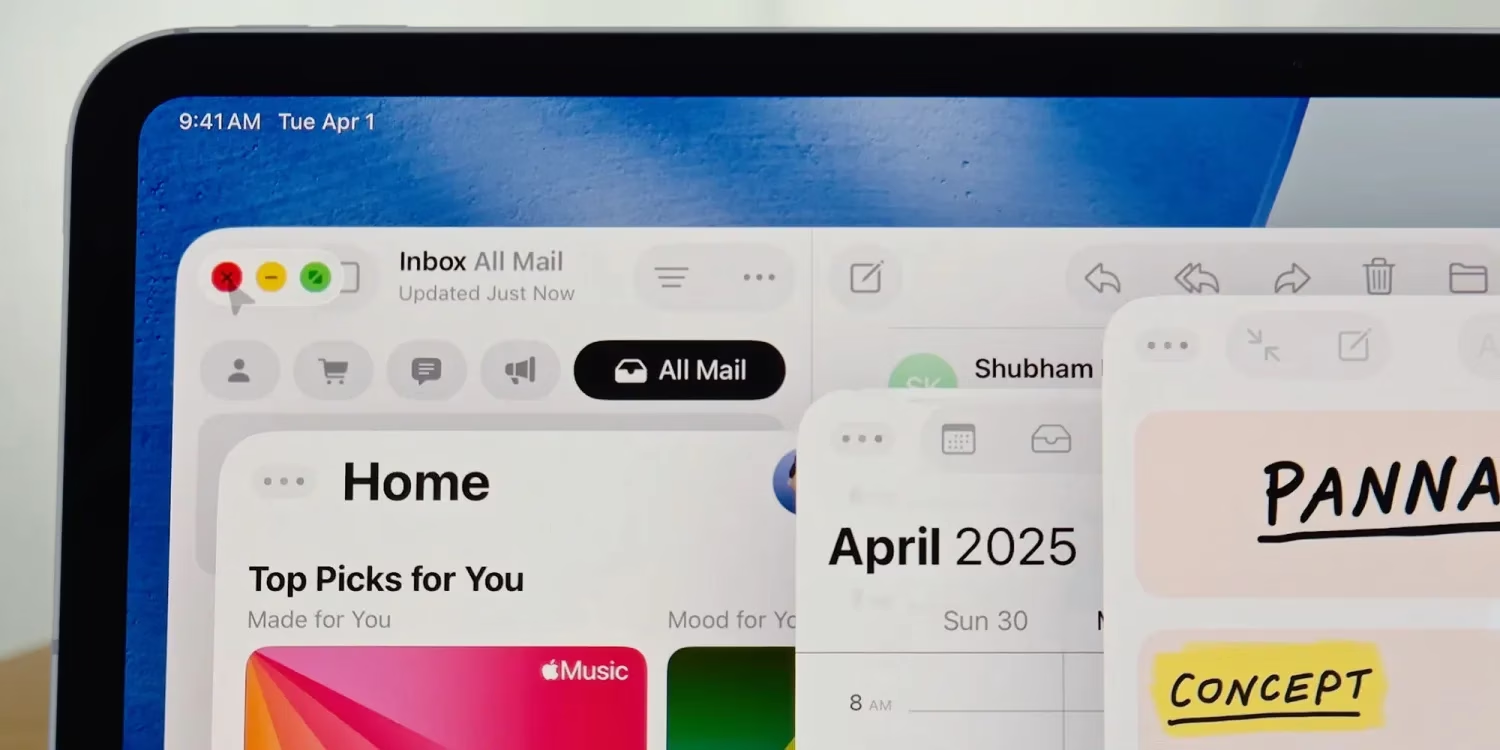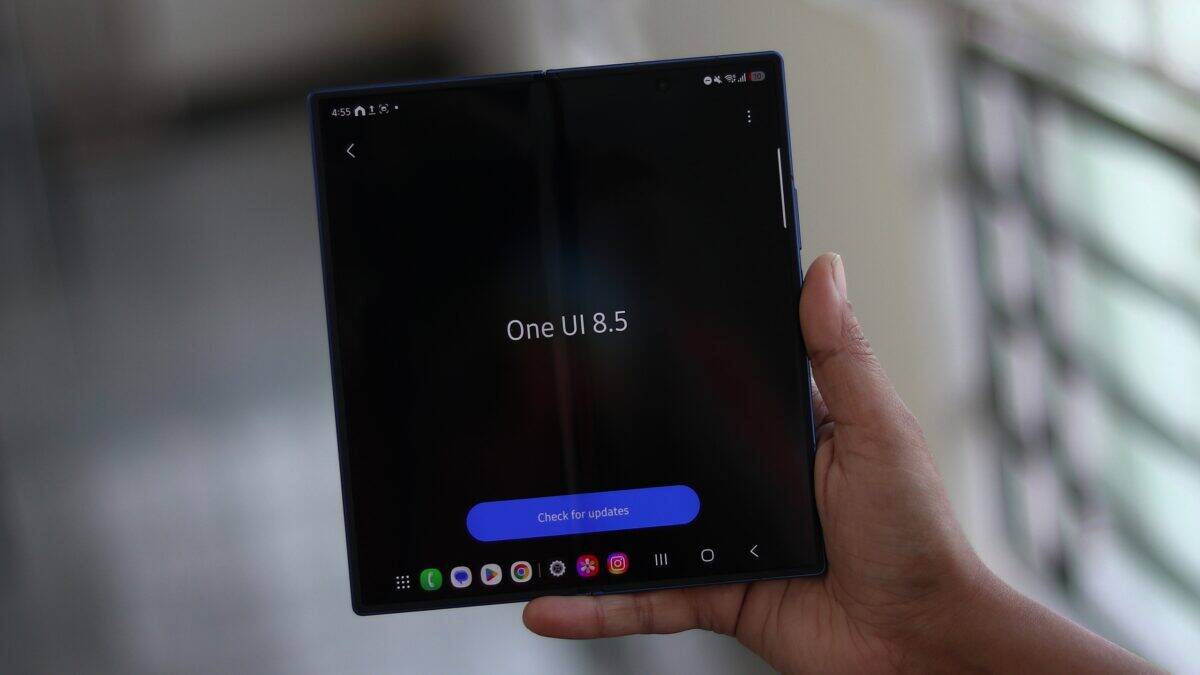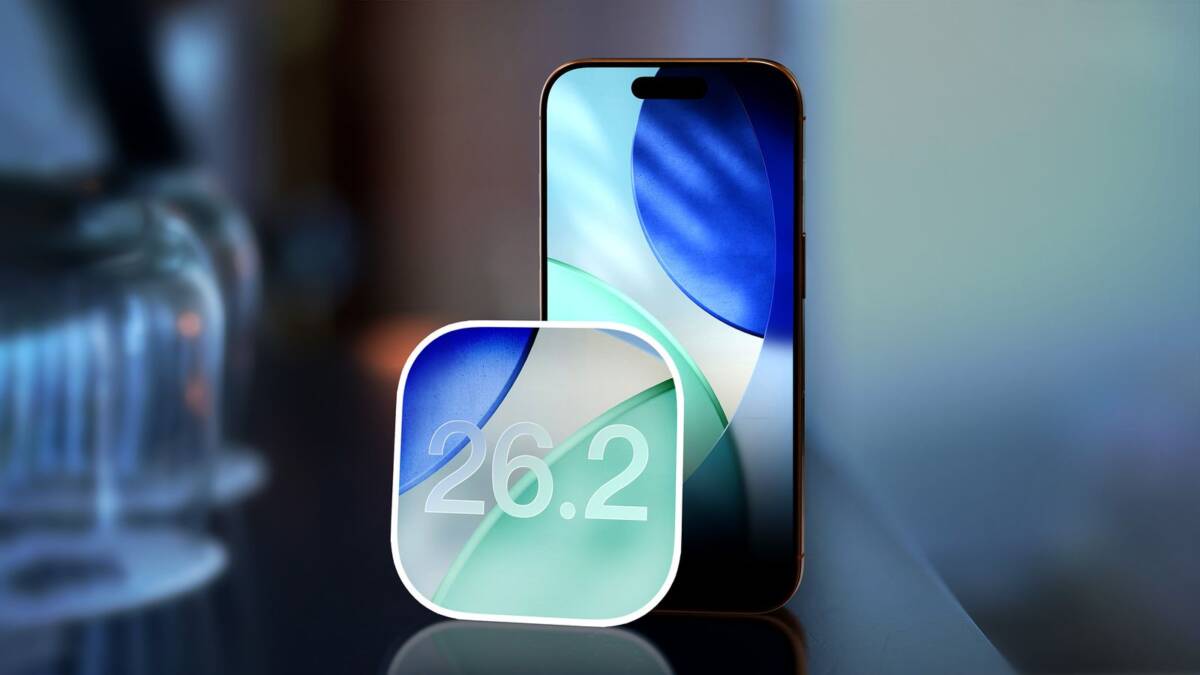Craig Federighi explained why the iPad only became Mac-like with iPadOS 26

Apple unveiled iPadOS 26 as the biggest update in the platform’s history. The new version of the operating system gave the iPad full windows support, menus, and an interface as close to macOS as possible. However, even though Apple’s tablets have been using M-series chips similar to Macs since 2021, the iPad’s software capabilities lagged far behind. In an interview with ArsTechnica, Apple’s senior vice president of software engineering Craig Federighi explained the reasons for this gap.
Apple’s senior vice president of software engineering, Craig Federighi, explained the reasons for this gap.
Why the iPad didn’t become “almost Mac-like” sooner
The key reason for the delay, Federighi said, was the peculiarity of interacting with the iPad. Apple’s devices were designed from the start to be touch-based, not keyboard-mouse-based. That meant that the interface had to respond instantly to touch.
The key reason for the delay, Federighi said, was the interface’s ability to respond instantly to touch.
“The iPad is a direct control device. If you touch the screen and move an object, it should respond instantly. Otherwise, the whole interaction model falls apart,” Federighi said.
For Mac users, the slight delay isn’t critical because control is mediated through the cursor. That’s why macOS allowed complex windowed interfaces to be introduced earlier.
In addition, Federighi says, it’s only in recent years that the iPad has become more commonly used in conjunction with a keyboard and trackpad. That’s allowed Apple to rethink interaction scenarios and prepare the platform for new possibilities.
And that’s allowed Apple to rethink interaction scenarios and prepare the platform for new opportunities.
iPadOS 26 is built from the ground up
One of the major innovations in iPadOS 26 is a full-fledged windowing system similar to that used in macOS. Users can now open multiple apps at once, and freely resize, position, and overlap windows. It’s also the first time a menu bar has been added to the interface.
Surprisingly, even older iPad models that didn’t support Stage Manager will get the new window. Federighi explained that the architecture of iPadOS 26 has been completely redesigned.
And that’s why the new window will be available even on older iPad models that didn’t support Stage Manager.
“We redesigned the windowing system and background task management. This allowed us to squeeze more capabilities out of the devices than was possible when Stage Manager was released,” he emphasized.
The Craig Federighi explains why the iPad only became Mac-like in iPadOS 26 was first published on ITZine.ru.








